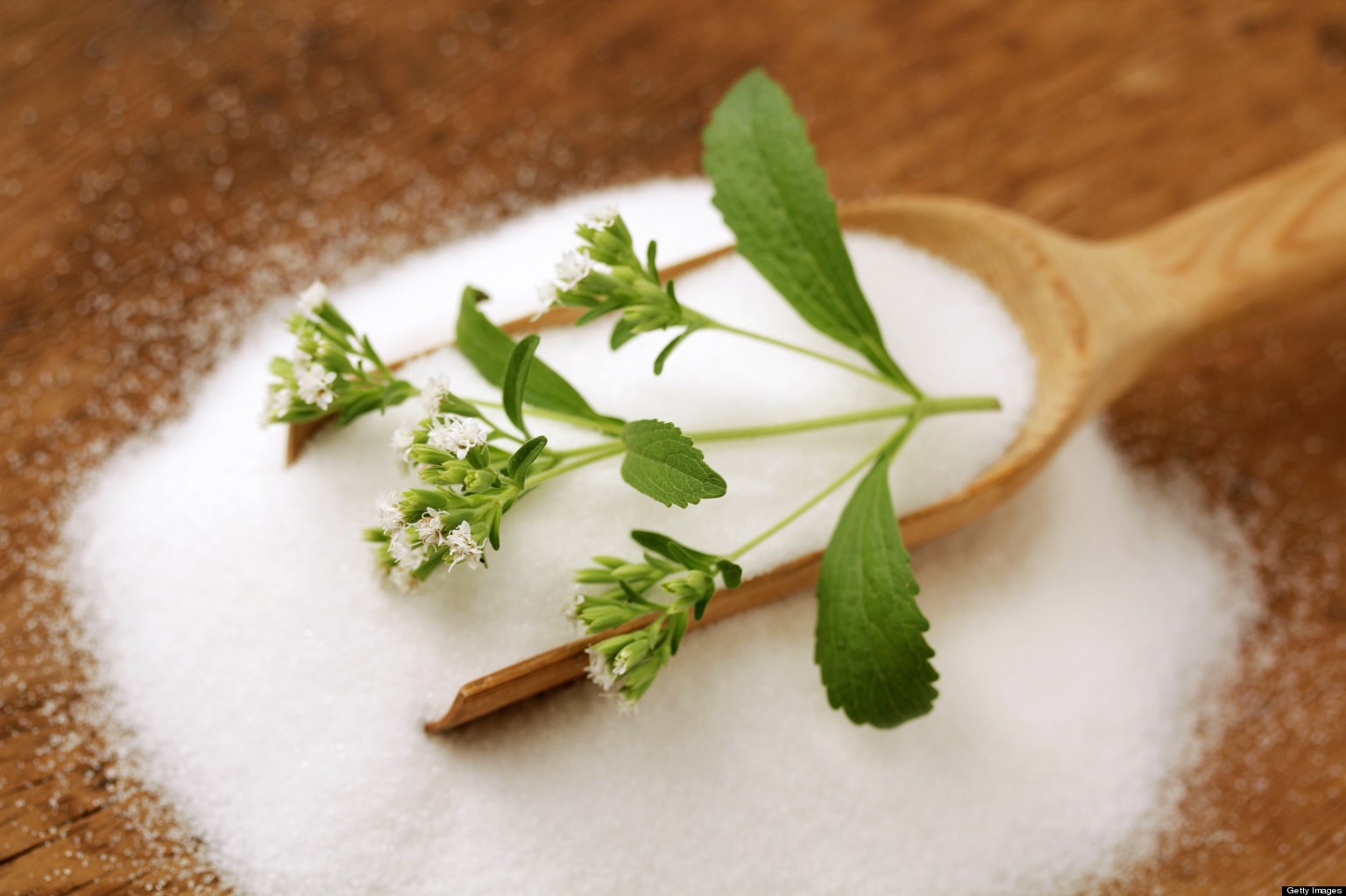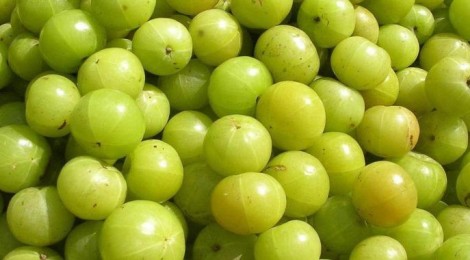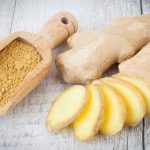Get moving and exercise!
Start moving and being active. 20 minutes a day, 3 to 4 times a week is a great start.
Go to bed by 10.30PM!
It is crucial to go to bed by 10.30PM for various reasons. By staying up late with lights on, we are activating cortisol hormones in our bodies – which is destructive to body tissue when we should be winding down our bodies for repair. More importantly, our bodies tend to rejuvenate and restore itself each day through restorative sleep. Going to bed by 10.30PM and getting enough sleep also help prepare ourselves for dealing with any turmoil of the day.
Find balance!
It is extremely important to find balance in work and life as we tend to overload our schedules with too much work and minimal downtime to unwind, play or even have regular meals. Make sure to make time for something that you enjoy doing – such as reading a book, writing poetry, walking your dog, taking your kids out to the park or going for a brisk walk. Make it part of your schedule and keep to it.
Find time to relax!
Similarly, finding time to relax is essential in maintaining our stress levels at a healthy level. Go to the movies with friends, walk barefoot along a beach, play soothing music while going on a long drive with yourself are all activities that can do wonders on our sense of well-being and feeling connected to something other than what is stressing us out.
Stay hydrated!
Our bodies need water to function. Every one of us subconsciously knows that yet we consciously ignore the fact. We need water in our bodies, not juice, soda nor beer. Water is best absorbed when it is at room temperature.
Here’s a simple calculation for you to find out how much water your body needs:
Divide your body weight in half and drink that much water in ounces.
Get a massage regularly!
Massage therapy* causes the body to release health-enhancing chemicals and therapeutic mood. It increases the level of dopamine and serotonin in our bodies which reduces stress hormones like cortisol and adrenaline. Massage therapies have been proven effective for both reducing stress levels and decreasing pain caused by tight and weak muscles.








